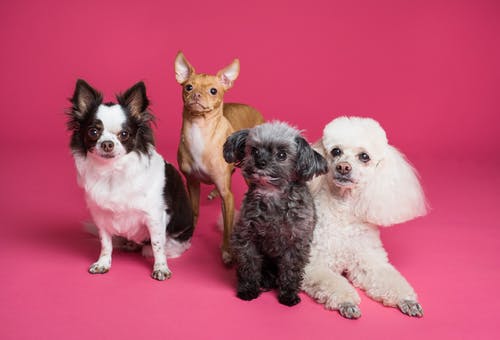
The wonderful world of pet parenthood is always amazing but not always smooth sailing. Looking after cats and dogs involves the good stuff and dealing with ailments they may have. Among the most typical concerns, pets might encounter eye problems. Still, pet owners need to sustain the commitment they made to their furry buddies the moment they accept them to their homes.
Wellness and Preventive Care
Regular wellness checks are necessary as part of a cat and dog’s health care routine. During these vet visits, pet shots are given. Medication, blood tests, etc., are also offered to prevent parasites. Pets are inspected from head to paw, and it is necessary to catch any early signs of illness.
Some Common Eye Problems to Watch Out For
Although healthy, pet cats and dogs often get eye concerns due to numerous factors. Catching symptoms can help steer clear of complications and even prevent blindness. Learning what to keep an eye out for and what to tell the vet will help. When you see your pets experiencing these, it is better to call the veterinarian for assistance.
Conjunctivitis
The conjunctiva, or the membrane that covers the eye and lines the inner side of the eyelids, sometimes gets inflamed. This condition is also known as pink eye. This condition is triggered by allergic reactions, dust particles, and other irritants. This is one reason cat and dog grooming is important. Redness, mucous secretion, or pus can occur. If left unattended, this condition may cause permanent damage.
Glaucoma
The eye has fluids that move in and out from behind its lens. If that fluid is blocked, pressure builds up, which affects vision and causes discomfort. Likewise, glaucoma might be triggered by infection of the drainage ducts. Glaucoma can manifest as inflammation, dislocation of the lens, or a tumor.
Signs to keep an eye out for are cloudy corneas, redness, dilated pupils, squinting, pain, or discharge. Glaucoma can result in blindness. Surgery or even complete eye removal may be recommended if not controlled.
Cherry Eyes
Cats and dogs have three eyelids. Two are responsible for holding the eye in the socket and covering the cornea. The third sits in the corner of the eye and covers the eye diagonally. If the fibers holding the third eyelid are weak, the tear gland will protrude. This congenital defect is likewise called the “cherry eye.” If there is a pink or red lump by the inner corner of your pet’s lower eyelid, you may be seeing it.
Other eye symptoms or irritation may manifest, including red, itchy, squinting, and watery or dry eyes. If left neglected, the cherry eye can get worse quickly when the pet starts pawing or rubbing on it. If you need a dog ophthalmologist in Westminster, why not do a quick online search to find the best one?
Keratitis
This inflammation of the cornea, or the transparent layer on top of the iris and the pupil, can trigger pain and blindness. Symptoms include excessive tears, light sensitivity, and the protrusion of the third eyelid. Laboratory work can help a veterinarian identify what bacteria or virus is present. Only then can the pet be provided the medication. With viruses, treatment can take some time, and the condition could return. For that reason, the veterinarian needs to be updated with any development.
The Takeaway
Even if pets are given adequate attention and their health is prioritized, there will be a chance that eye problems might occur. Looking out for any signs of irritation, itchiness, or redness around the ocular area is a good habit for pet owners. Attentiveness is the key to avoiding complications and unnecessary medical expenses.
